
Angrod Vardamir
gamer level 4
2630 xp
2630 xp
followers
10
10
Use my invite URL to register (this will give me kudos)
https://boardgaming.com/register/?invited_by=vardamir
profile badges




recent achievements

Critic - Level 3
Earn Critic XP to level up by completing Critic Quests!
Earn Critic XP to level up by completing Critic Quests!

Novice Grader
Grade 20 more reviews or tips by clicking "Yes" or "No" in response to the question "Was this helpful?"
Grade 20 more reviews or tips by clicking "Yes" or "No" in response to the question "Was this helpful?"

I Love Playin' Games
Claim that you have played a game today by clicking the "Played Today!" button on a game page 50 times.
Claim that you have played a game today by clicking the "Played Today!" button on a game page 50 times.

I'm a Real Player!
Claim that you have played a game today by clicking the "Played Today!" button on a game page 25 times.
Claim that you have played a game today by clicking the "Played Today!" button on a game page 25 times.
Player Stats
Critic (lvl 3)
750 xp
750 xp
Explorer (lvl 0)
96 xp
96 xp
Professor (lvl 1)
225 xp
225 xp
Reporter (lvl 0)
77 xp
77 xp
About Me
My Current Favorite Games: Twilight Imperium, Brass, Caylus, Troyes, Chaos in The Old World, Agricola, 7 Wonders, Race For The Galaxy, Thunderstone, War of The Ring, etc.
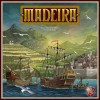

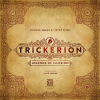




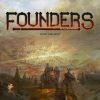

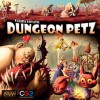
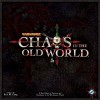


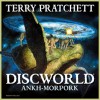

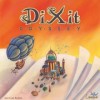



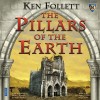








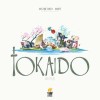








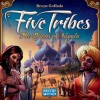


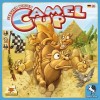



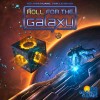
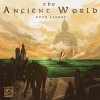






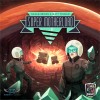

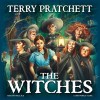

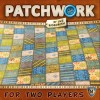
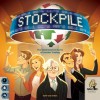

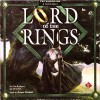


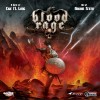


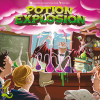
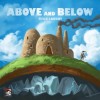
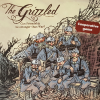




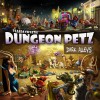




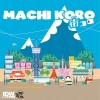
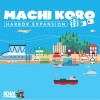



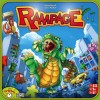






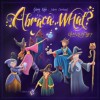
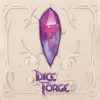

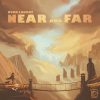
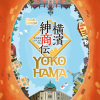


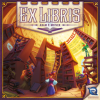

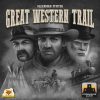
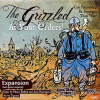
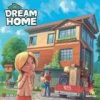

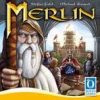
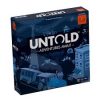
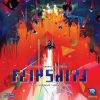

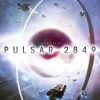

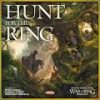
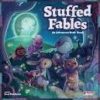

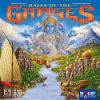
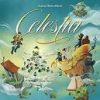



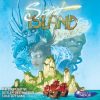


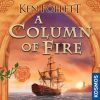
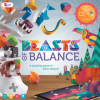
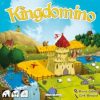


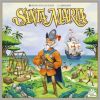

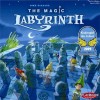


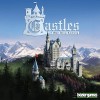
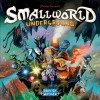


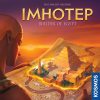
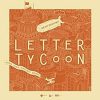
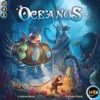
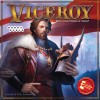



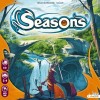

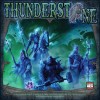

Letter Tycoon
I am a fan of Word games though there are not many good word games out there. Scrabble was fun but I found that the tactical placement on the grid really turned me off back in the day. The fun of word game lies in crafting those letters into words. But apparently, too many rules or restrictions put me not really like it. You know the feeling, when you found great word from your letters but apparently you short of 1 square of space or even it touches the side of another letter that really screw your word, it’s maddening. Now Letter Tycoon from Breaking Games, designed by Brad Brooks, is something else entirely. It shares the same game principle with Scrabble, but omit the use of the game board. Instead it uses cards for the letters and players need to assemble those cards into a word.
The goal of the game is to get the most total points from Stocks, Coins and Patents when the game ends. The game ends when one player managed to get a total sum value of letter patents (varied based on number of players). On player’s turn, they play cards from their hand to form a word and they can also use some or all of the three cards available in the middle of the table. The word created will be score based on the amount of letters used for the word. The longer the word is, the bigger the points are (and more stocks). After that, the player may buy one available letter patent that they use to form the word. These patents have different value and represent cost to buy them and points at the end of the game. Some patents have passive abilities that can be used by the owner, but all of the patents give the owner money from the bank each time they’re used by other players to form words.
Before a player’s turn ends, they decide which card they want to discard from their hand and then refill hand back to 7 cards. The cards in the middle of the table are also refilled back to three.
Now, it is possible that words the players make is not really correct words and not exist. To solve this problem, players can challenge the active players once he made a word from the cards. If this happened, they check the word through a dictionary (decide which one they should use to settle the conflict) and if the word did exist, the challenger need to pay 1 coin to the bank. But if it turned out that the word did not exist, the active player must take back the played cards (return the factory card back) and then discard one card from his hand. He end his turn and refill back his hand.
I like how the game really works, the flow is smooth and fast-paced, unless you have trouble to form word from those letters. I love the freedom to create words from the cards in your hand and also from the three cards on the table. It always a fun game for me, though luck also plays a great deal on the game. The letter distribution can be a let down, since the cards are discard and won’t be coming back to the deck before it rans out. So if it obvious what letters are all used up, they won’t be on the deck and you won’t get it soon. I also like how interesting the patent abilities, they’re powerful and it can change how you make your words. Players also choose to buy which patent that will be the most useful to them, letters that frequently used (mostly vowels) and higher card count are usually more expensive. Getting them early in the game could prove to be useful for the players because higher chance for other players to use them more often.
The game can be played with 2 players and up to 5 players, it usually lasts around 30-60 minutes. For me, I can play the game back to back several times. It hits all the sweet spots and turned out it solve the Scrabble issue. Of course one issue left is about the word difficulty. As each letter in scrabble provides value depends on the letter frequency used in words, there are some clever play to use great combination of letters in your words, which making long and hard word really paid off. In Letter Tycoon, there is no such thing, that’s why this game is casual friendly and suitable for family games, children and adults alike. It doesn’t reward players to make difficult words but instead rewards players to play longer words.
The components are nice, simple linen cards though it feels a bit flimsy than average. The coins are wooden and have printed value (nice) with solid color difference between the ‘3’ value (black) and ‘1’ value coins (beige / natural). Stock tiles are made from card board and only used during the final scoring. Basically stocks give you extra point but cannot be used for anything else unlike coins. Players collect stocks when they at least create a 5 letters word or more. There is also a plastic zeppelin marker as the active player marker, though I never used it every time I played the game.
This game is one of five games that won a Mensa Select Award in the year 2015 which also the same year it was released. Mensa Select is an annual award given by American Mensa since 1990 to five board games that are “original, challenging and well designed.”